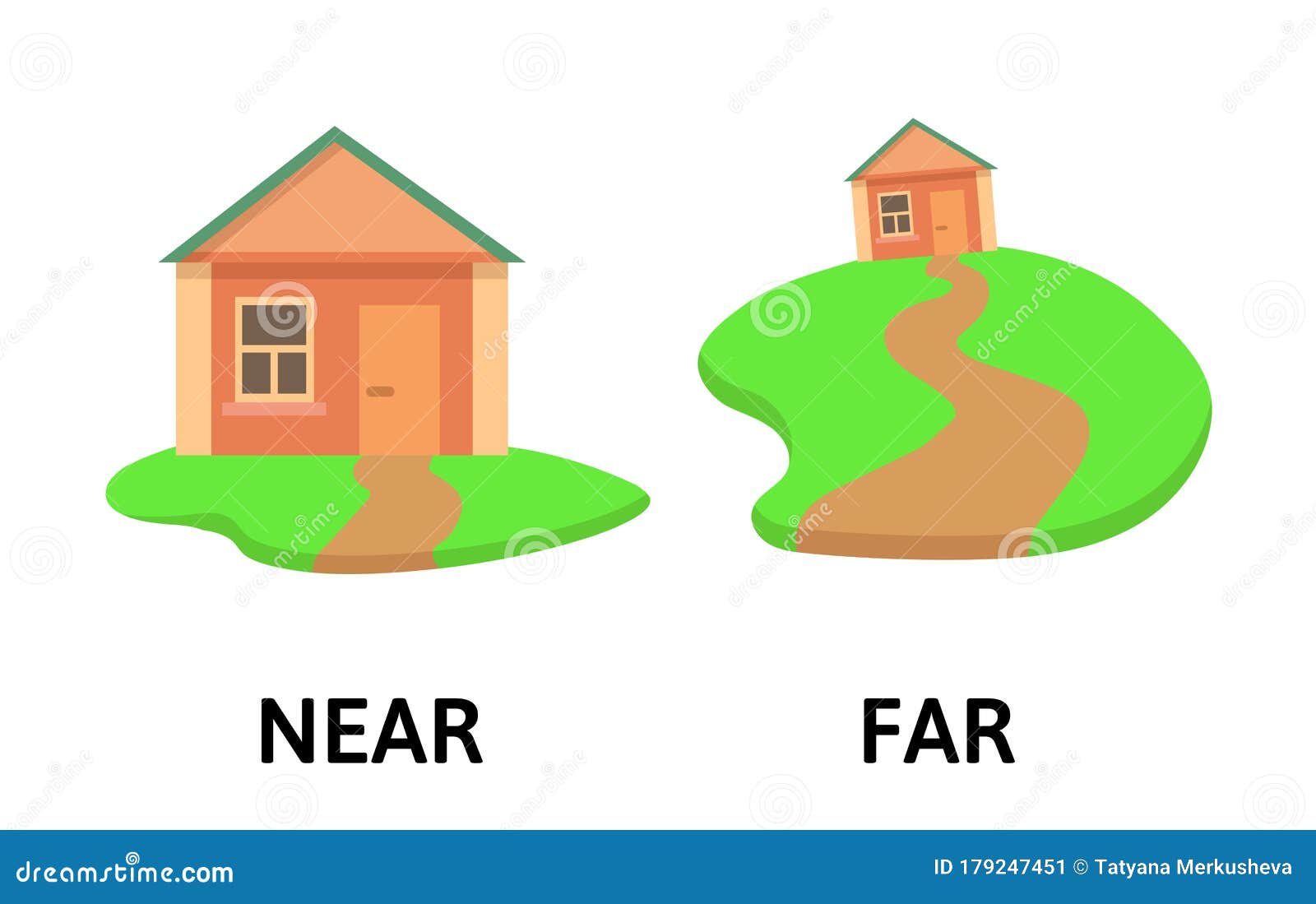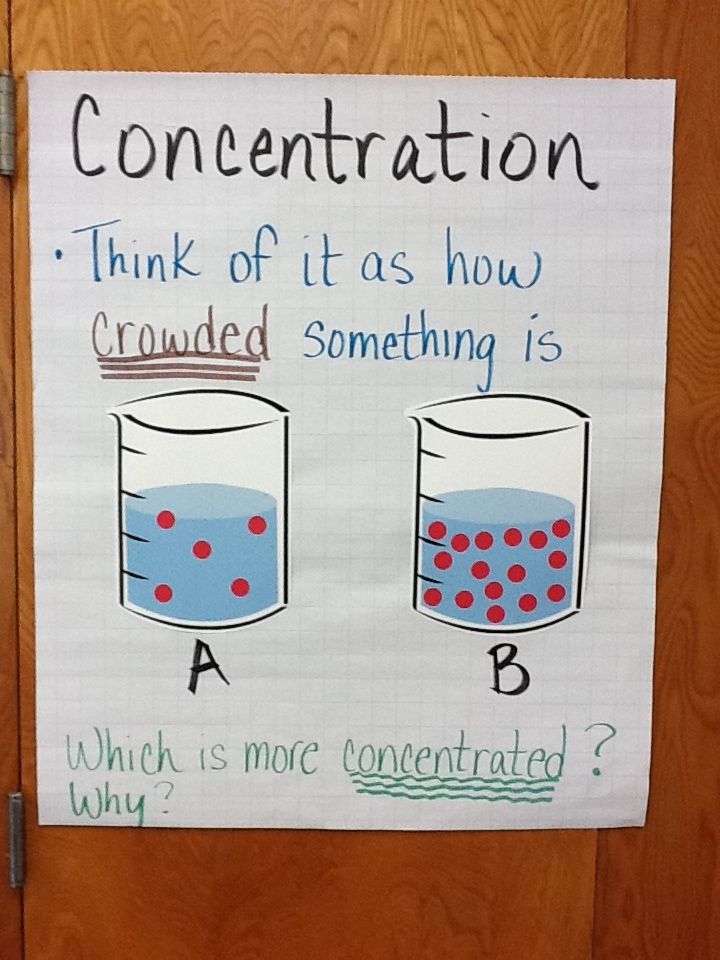How Migration from the Rust Belt to the Sun Belt Reshaped American Politics
Introduction: The Great American Migration and Political Change
In the decades following World War II, the United States experienced a demographic transformation that profoundly impacted its political landscape. Millions of Americans moved from the industrialized, declining Rust Belt regions of the Midwest and Northeast to the rapidly growing Sun Belt states in the South and West. This movement was driven by economic changes, technological advances, and shifting cultural factors. The migration not only redefined local economies but also altered the national balance of political power, contributing to new voting patterns, ideological shifts, and changes in federal policy priorities [4] .
Economic Shifts Driving Migration
The decline of manufacturing in the Rust Belt, marked by factory closures and job losses, forced many workers to seek new opportunities elsewhere. Meanwhile, the Sun Belt was booming, thanks to federal investments in defense, technology, and infrastructure, as well as a climate conducive to year-round production and a business-friendly environment. This attracted both companies and workers, leading to population growth and economic diversification across Sun Belt states like Texas, Florida, Arizona, and California [3] .
This economic transformation set the stage for significant changes in political priorities. As the Sun Belt grew in population and wealth, its residents became more influential at the national level, shaping new coalitions and policy agendas.
Political Realignment: Sun Belt Conservatism Ascends
Perhaps the most significant political impact of this migration was the rise of Sun Belt conservatism . The region, traditionally more conservative and deeply influenced by evangelical Christianity, business interests, and suburban values, began to exert more power in national elections. This shift was evident in the emergence of a new conservative coalition that propelled leaders like Ronald Reagan to the presidency and strengthened the Republican Party’s hold on the South and West [2] .
From 1964 to 2004, every elected president came from the Sun Belt-demonstrating the region’s growing influence. The political focus of the Sun Belt, with its emphasis on free-market economics, reduced government intervention, and family values, contrasted sharply with the more union-oriented, socially liberal, and progressive politics that had characterized much of the Rust Belt [3] .
Shifting Electoral Power: Population and Congressional Representation
As millions relocated, the Sun Belt gained population while the Rust Belt shrank. Since U.S. House seats are apportioned based on population, this migration translated into increased congressional representation for Sun Belt states and a relative decline for Rust Belt states. This shift in the balance of power meant that Sun Belt concerns-tax incentives, defense spending, infrastructure, and suburban development-became more prominent in national politics [5] .
For those interested in tracking congressional apportionment and how migration affects representation, you can visit the official site of the United States Census Bureau and search for “Congressional Apportionment.” This will provide up-to-date data and analysis on how population changes impact political power.
Cultural and Racial Dynamics: New Divides and Alliances
The migration also exposed and sometimes deepened racial and cultural divides. Many white Americans who left the Rust Belt settled in suburban Sun Belt communities, reinforcing patterns of segregation and suburbanization. Meanwhile, Black Americans and immigrants often moved into urban centers, both in the Rust Belt and the Sun Belt, leading to new demographic and political alliances-and tensions-within cities [1] .
In places like Macomb County, Michigan, the influx of minorities and immigrants fueled both economic growth and complex political reactions. Some white suburban enclaves shifted sharply toward conservative candidates, while more diverse urban areas leaned liberal. These patterns contributed to the growing polarization between urban and rural/suburban voters-an enduring feature of American political life [1] .
Impact on National Policy and Federal Spending
The growing influence of the Sun Belt led to a realignment of federal priorities. Major federal investments in defense, space, and technology flowed into Sun Belt cities, reinforcing their economic and political power. At the same time, political leaders from both regions lobbied aggressively for resources, sometimes leading to regional tensions over spending and policy direction [2] .
For those who want to learn more about how federal funding is allocated regionally, consider searching for “federal regional development programs” or visiting the official White House or Congressional Budget Office websites for detailed reports and statistics on spending patterns.
Modern Political Battlegrounds: The New Sun Belt
As the Sun Belt has continued to grow, its political landscape has become more complex. While the region has long been a conservative stronghold, recent years have seen increasing diversity and urbanization, making states like Arizona, Georgia, and Nevada more competitive for both parties. The 2020 and 2024 elections demonstrated this trend, with close races and shifting allegiances in several key Sun Belt states [5] .
For those seeking up-to-date election analysis and demographic trends, you can visit major nonpartisan organizations such as Pew Research Center or the U.S. Census Bureau and search for “Sun Belt political trends” or “demographic changes in U.S. elections.” These resources provide current data and expert insights into how migration continues to affect American politics.
How to Track and Understand These Changes
To gain a deeper understanding of how migration from the Rust Belt to the Sun Belt is shaping politics today, consider these steps:

Source: tanyajpeterson.com
- Visit the United States Census Bureau’s website and search for population migration data, congressional apportionment, and urbanization trends. This will provide official statistics and interactive maps.
- To explore election results and political shifts, you can search for “Sun Belt voting trends” on reputable news sites such as The New York Times or The Washington Post. These outlets frequently publish in-depth analyses of regional political dynamics.
- For individualized analysis, consult nonpartisan think tanks such as the Brookings Institution or Pew Research Center, which offer research reports on demographic and political changes.
- If you are involved in business, real estate, or policy and want to understand the impact of migration on local markets or regulations, you may contact local chambers of commerce or regional planning agencies. Search for “Sun Belt regional economic development” for relevant contact information.
It’s important to use official or well-established sources for this research, as information and analyses can vary significantly depending on the provider.

Source: verywellhealth.com
Potential Challenges and Alternative Perspectives
While the migration brought prosperity to many Sun Belt regions, it also generated challenges such as urban sprawl, increased demand for infrastructure, and new social tensions. Not everyone benefited equally; some communities, particularly minorities left behind in the Rust Belt, faced heightened economic hardship and reduced political influence [4] .
Alternative approaches to understanding these trends include examining local case studies, researching the impact on specific industries, and considering how climate change and environmental concerns may affect future migration patterns and political alignments.
Key Takeaways and Next Steps
The migration from the Rust Belt to the Sun Belt has fundamentally transformed American politics by shifting population, economic power, and ideological focus to new regions. This has changed voting patterns, party dominance, and federal priorities-and continues to shape the nation’s future.
To stay informed and engaged with these changes:
- Regularly consult official data sources such as the United States Census Bureau for the latest migration and demographic statistics.
- Read analyses from nonpartisan research organizations like Pew Research Center and Brookings Institution to understand the broader political implications.
- Monitor local and national news outlets for updates on policy, elections, and demographic trends in both the Rust Belt and Sun Belt.
By following these steps, you can better understand-and potentially influence-the evolving political landscape shaped by one of the most significant migrations in modern American history.
References
- [1] Brookings Institution (2017). Segregation and changing populations shape Rust Belt’s politics.
- [2] Waverly US History Blog (2022). The Rise of the Sunbelt: The 2nd War Between the States.
- [3] Lumen Learning. Deindustrialization and the Rise of the Sun Belt.
- [4] Study.com. The Rust Belt to the Sun Belt Migration: History & Significance.
- [5] Wikipedia. Sun Belt.



